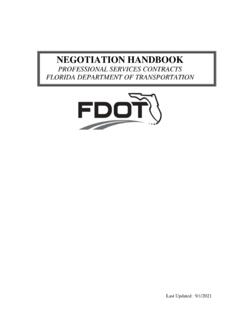Transcription of Procurement Specification Guide - University of Queensland
1 Specification WRITING. This Guide has been developed to assist you in writing Specifications which are required for all purchases where suppliers are invited to quote. Specifications, (sometimes called a Statement of Works' or a Terms of Reference') need to be a clear, complete and unambiguous statement of the technical or essential characteristics that describes your requirement. Specifications need to be written with sufficient detail to ensure that suppliers understand your requirements and can measure the degree of their conformance. Procurement | FINANCE AND BUSINESS SERVICES.
2 Specification Writing 2. Contents What is a Specification ? ..2. Who does it? ..2. Writing Style ..3. Types of Things to The Specification layout ..10. Procurement | Finance and Business Services 1. What is a Specification ? In a Procurement context, a Specification can be defined as a statement of needs'. It describes what the customer wants to buy and consequently, what the successful supplier is required to supply. Specifications can be simple or complex depending on the need. The success of the Procurement outcome often relies on the Specification being a true and accurate statement of the buyer's requirements.
3 Apart from being a means of identifying the goods / services required, a Specification will form part of any future contract that might result from offers received. Who does it? The process of Specification writing, conducted in parallel with planning, design and drawing work, helps create the proper balance between client, statutory, technical and aesthetic requirements. Options in larger organisations like UQ include specialist Specification writers, project managers or members of the project design group, and generally not the assigned Procurement officer.
4 The principal qualifications needed are: Familiarity with the project, including the design philosophy. Expertise in technical and scientific matters. Willingness and availability. Specification Writing 2. Writing Style Style is the cornerstone of readability, ensuring text is relevant and capable of being clearly understood by its intended readership. Style includes a good approach to grammar, simple sentence structure and correct punctuation. Style in relation to Specification writing means: Clarity Accuracy Repetition Logic Procurement | Finance and Business Services 3.
5 Clarity Clarity means using plain English, avoiding legalese and scientific jargon as well as restricting vocabulary to words in common usage. Avoid using alternatives (like excavate' for dig') just to make the text more interesting. Words should be selected to ensure that their meaning is clear and unambiguous, while phrasing should be brief and expressed in the imperative. Example Use Provide light fittings. Not The contractor shall consider their ability to provide light fittings . Accuracy Ensure consistency and accuracy by using the same simple terms throughout ( use', 'supply', submit'), and employing accurate and consistent phraseology for repeated clauses.
6 Avoid the following: Generalisations, unclear words or phrasing, acronyms and abbreviations unless very well-known. Nominating specific control functions to particular persons ( architect, engineer) unless this is intended. Listing overly specific or immeasurable requirements such as best trade practice', first class work' or acceptable standard'. Specification Writing 4. Repetition The principles to follow are: Say everything, but only say it once. Repetition is inadvisable and legally dangerous. Avoid erroneous information (such as listing a standard that is not referenced in the text).
7 Just in case something applies, include it once. If something does not apply, leave it out. If information is on the drawings don't repeat it in the Specification itself. If an issue is covered in the Conditions of Contract don't repeat it in the Specification . Logic Specifications should: Have sub-headings and a logical numbering system for all headings. Cross-referencing within the Specification is kept to a minimum because of possible future changes. Have matters of contract and administration separate from the technical sections of the Specification , except for specific instructions on quality or for instructing/informing others (such as a sub-contractor).
8 For example, the obtaining of samples, tests and certification, the setting of standards of performance, requirements to provide guarantees, warranties or maintenance information. Not specify for failure, such as specifying repairs following damage. This is for the conditions of contract to resolve. Be outcome focussed by stating what is to be achieved not how it is to be done. Not be written to favour one supplier over another (don't specify brands). Procurement | Finance and Business Services 5. Types of Specifications There are three (3) key types of specifications.
9 All three types of Specifications may be combined to form the one Specification . 1. Functional specifications These are Specifications that define the function, duty or role of the goods or services. It nominates what the goods or services are broadly required to do. Functional specifications define the task or desired result by focusing on what is to be achieved rather than how it is to be done. They do not describe the method of achieving the intended result. This enables suppliers to provide innovative solutions to defined problems. Example A device capable of conveying children from their school to their homes.
10 Such a Specification does not limit supplier responses to bus vehicles alone. 2. Performance specifications These are Specifications that define the purpose of the goods or services in terms of how effectively it will perform. Performance is a logical extension of function. Performance specifications define the task or desired result by focussing on what is to be achieved. They do not describe the method of achieving the desired result. Specification Writing 6. Example A device is required to convey at least 30. children every afternoon of the school week from their school in a safe manner to their homes within a 15 kilometre radius of the school.

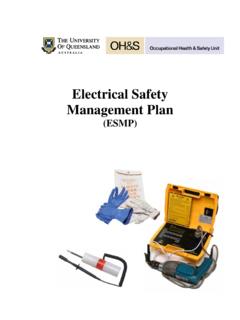

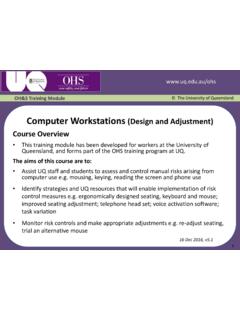


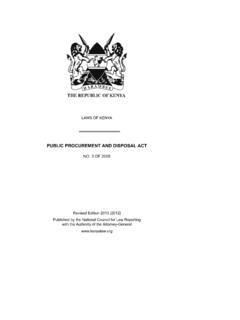
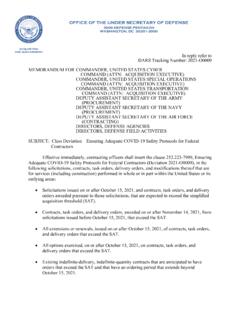
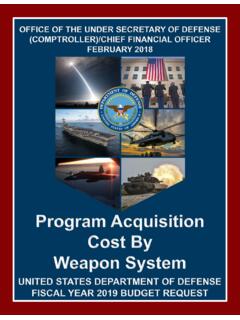
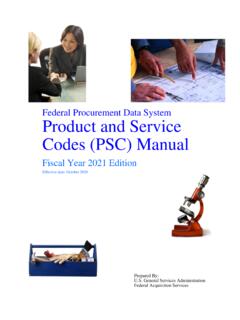
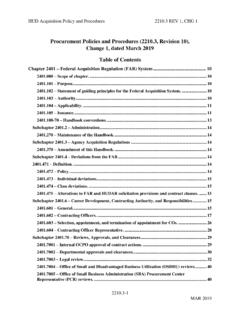
![PRINCIPLES OF MICROECONOMICS NOTES [For Class Test 1]](/cache/preview/c/c/5/5/4/c/d/0/thumb-cc554cd01400a0138a354d58cefa8eb7.jpg)
